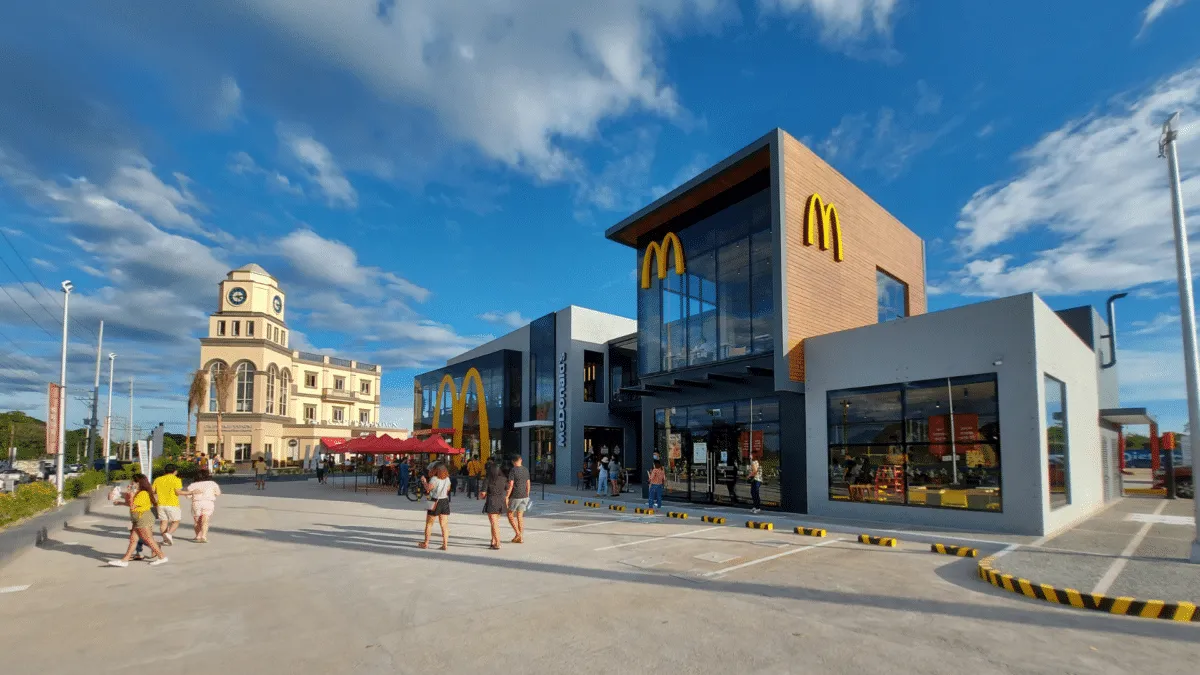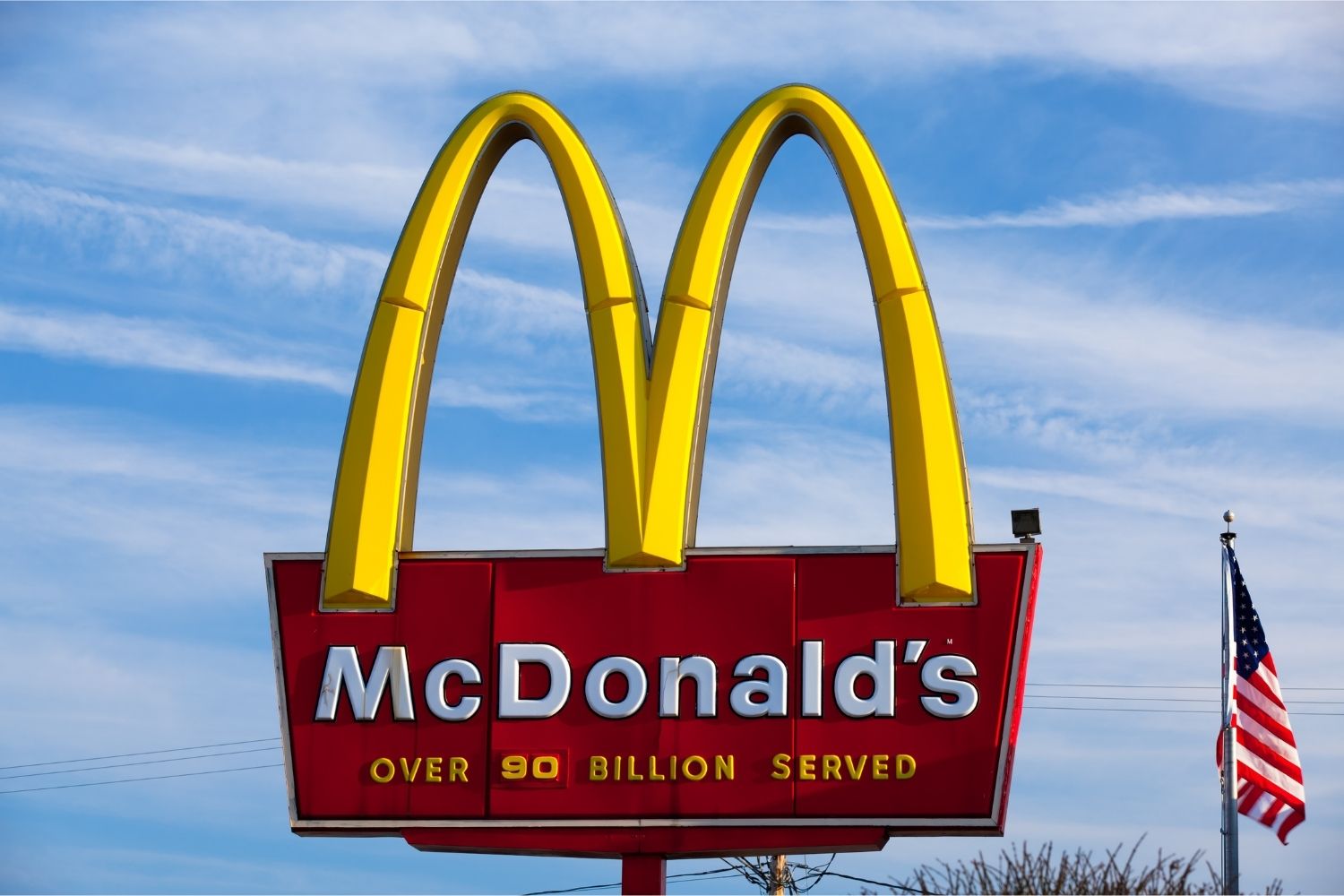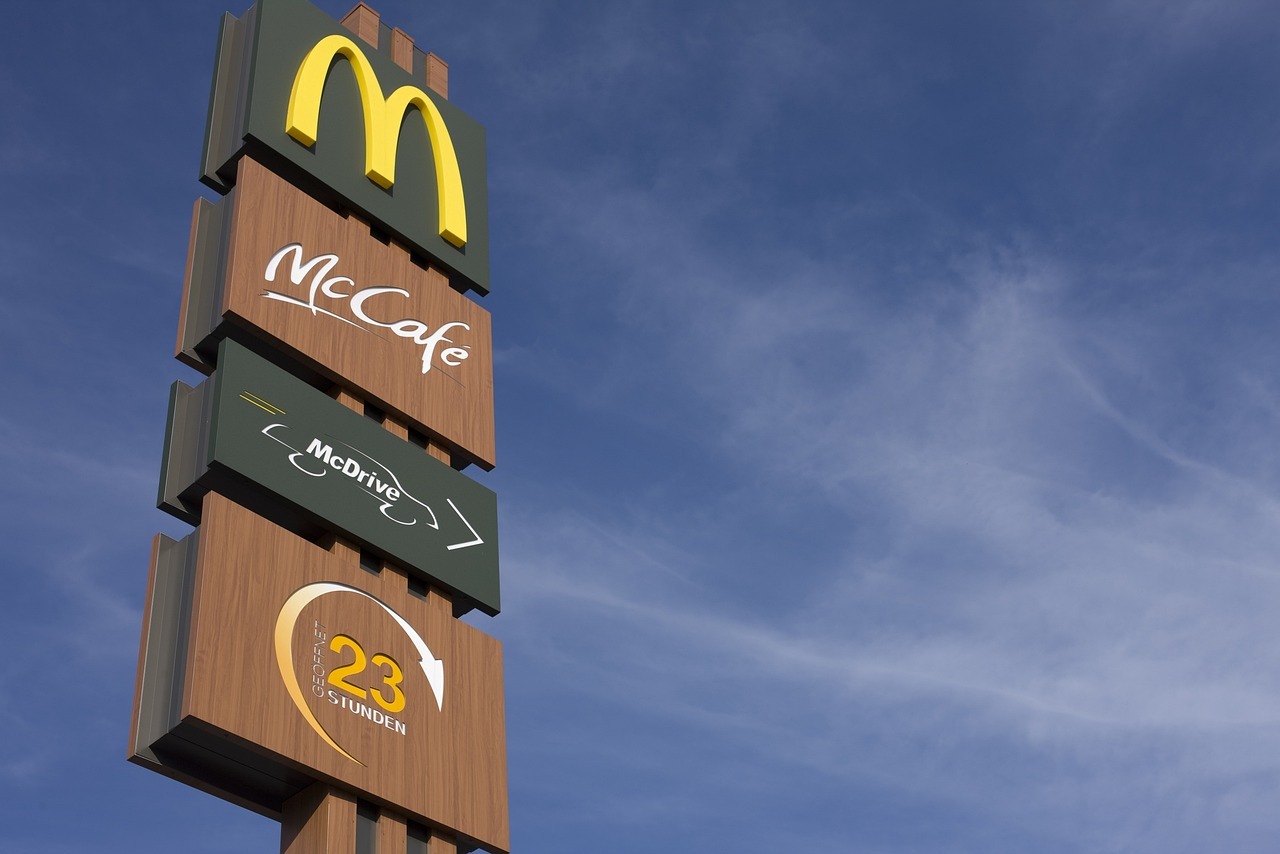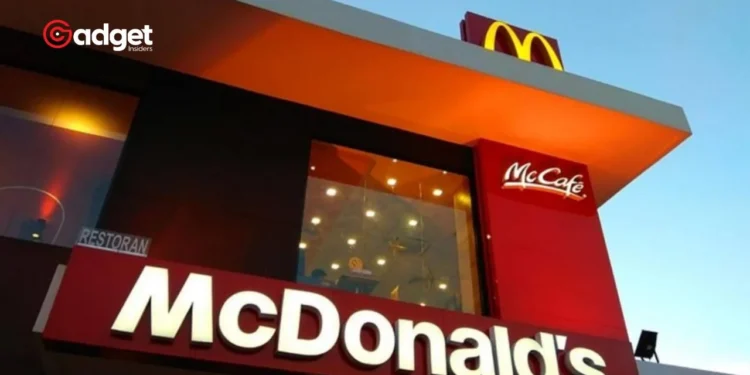As McDonald’s wraps up another fiscal quarter, the signs are clear: the beloved fast-food giant might be feeling the pinch from its increased prices. This shift comes amid a broader economic climate of cautious consumer spending and rising operational costs.
The company’s latest earnings report, dissected from the trading floor of the New York Stock Exchange by Caroline Woods of TheStreet, sheds light on the challenges and strategies unfolding within this corporate juggernaut.

Wall Street’s Eyes on the Fed
Investor anticipation is high as Wall Street awaits the Federal Reserve’s next move on interest rates, set for an announcement this Wednesday. With the CME FedWatch tool indicating a 97 percent likelihood of steady rates, all attention is on Fed Chair Jerome Powell for hints of future economic maneuvers.
This financial backdrop frames McDonald’s current predicates, highlighting the intricate dance between market expectations and corporate performance.

McDonald’s Earnings Insight: A Mixed Bag
This quarter’s financials for McDonald’s were a cocktail of highs and lows. On the one hand, reorganization expenses and a Middle East boycott dented profits, while on the other, an uptick in average order values lent some cushion.
The company’s CEO, Chris Kempczinski, emphasized the need for a sharp focus on affordability, acknowledging the delicate consumer behavior in times of elevated daily expenses. “Consumers continue to be even more discriminating with every dollar that they spend,” Kempczinski remarked during the earnings call, pointing to a pressured quick-service restaurant industry.
Global same-store sales, a key indicator of retail health, fell short of projections, mirroring a global trend of reduced restaurant visits by budget-conscious diners. This drop reflects a broader sentiment that, despite higher prices per order boosting revenue, customer footfall and frequency might be waning.
McDonald’s already admitted that their menu was pricing out their target consumers. Wendy’s needs a moment to rethink this strategy. https://t.co/pdPR79Sk3O
— Dimonte Isaiah (@ShepardHeff) February 27, 2024
The Pricing Dilemma: Localized Decisions and Consumer Reactions
McDonald’s strategy on pricing remains a localized affair, with costs varying significantly across regions. The spotlight hit the company earlier this year when a Connecticut outlet priced its Big Mac Combo at a staggering $18, sparking widespread debate on pricing policies.
The incident underscores McDonald’s ongoing challenge: balancing price hikes necessitated by inflation and increased material and labor costs against maintaining customer loyalty and value perception.

Navigating a Tightrope of Economic Pressures
As McDonald’s navigates this complex economic landscape, the path forward involves a strategic balancing act. Ensuring affordability while managing profit margins is no small feat in an environment where every consumer dollar is heavily contested.
With Wall Street’s eyes set on broader economic indicators and McDonald’s strategic responses to market conditions, the coming months will be telling of how well the fast-food titan can adapt in an era of financial scrutiny and consumer prudence.
In these dynamic times, McDonald’s and its competitors must innovate continuously to attract and retain customers who are increasingly vigilant about where and how they spend their money. As the landscape evolves, so too must the strategies employed by those at the helm of the world’s most recognizable quick-service restaurants.










